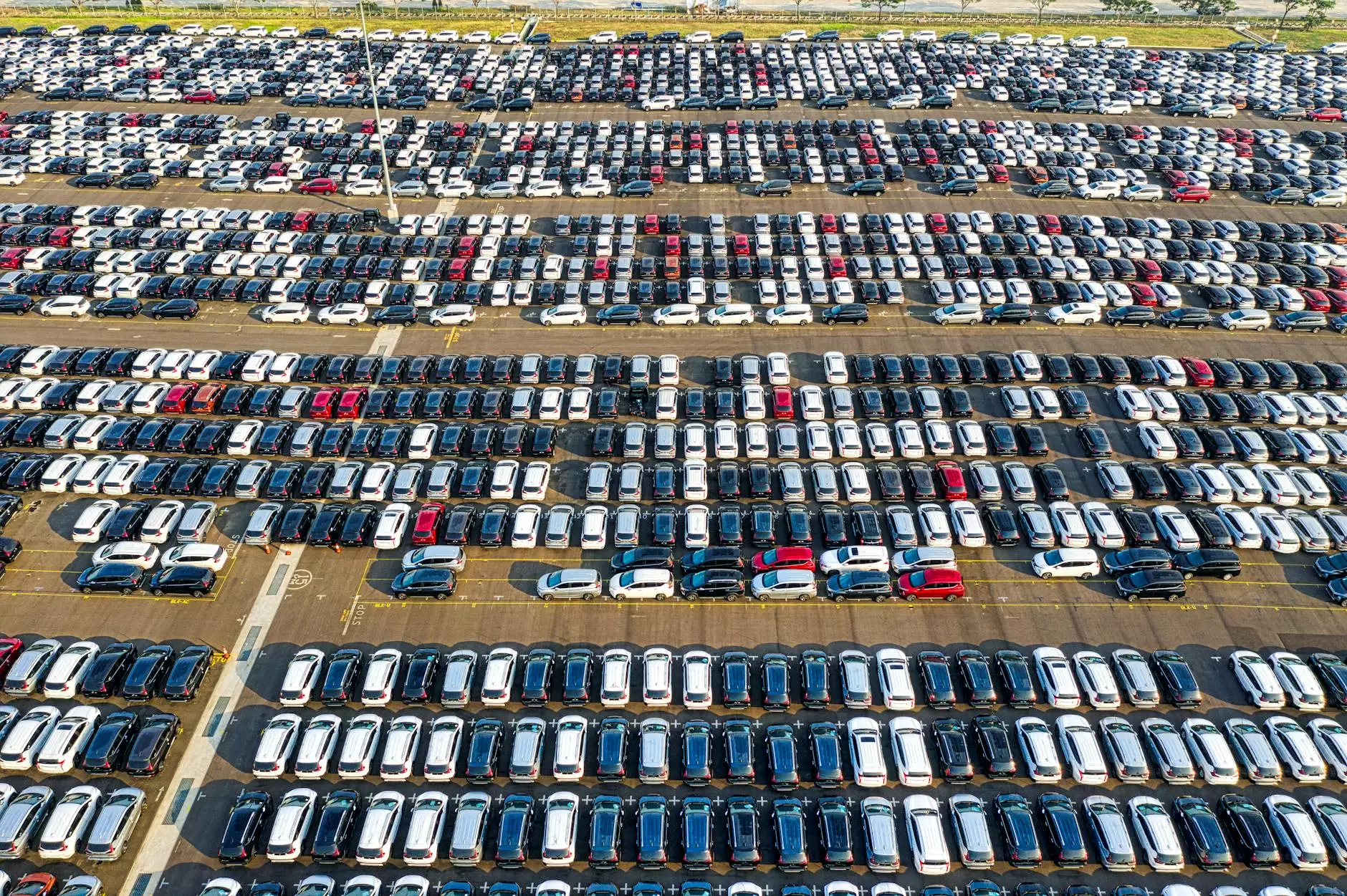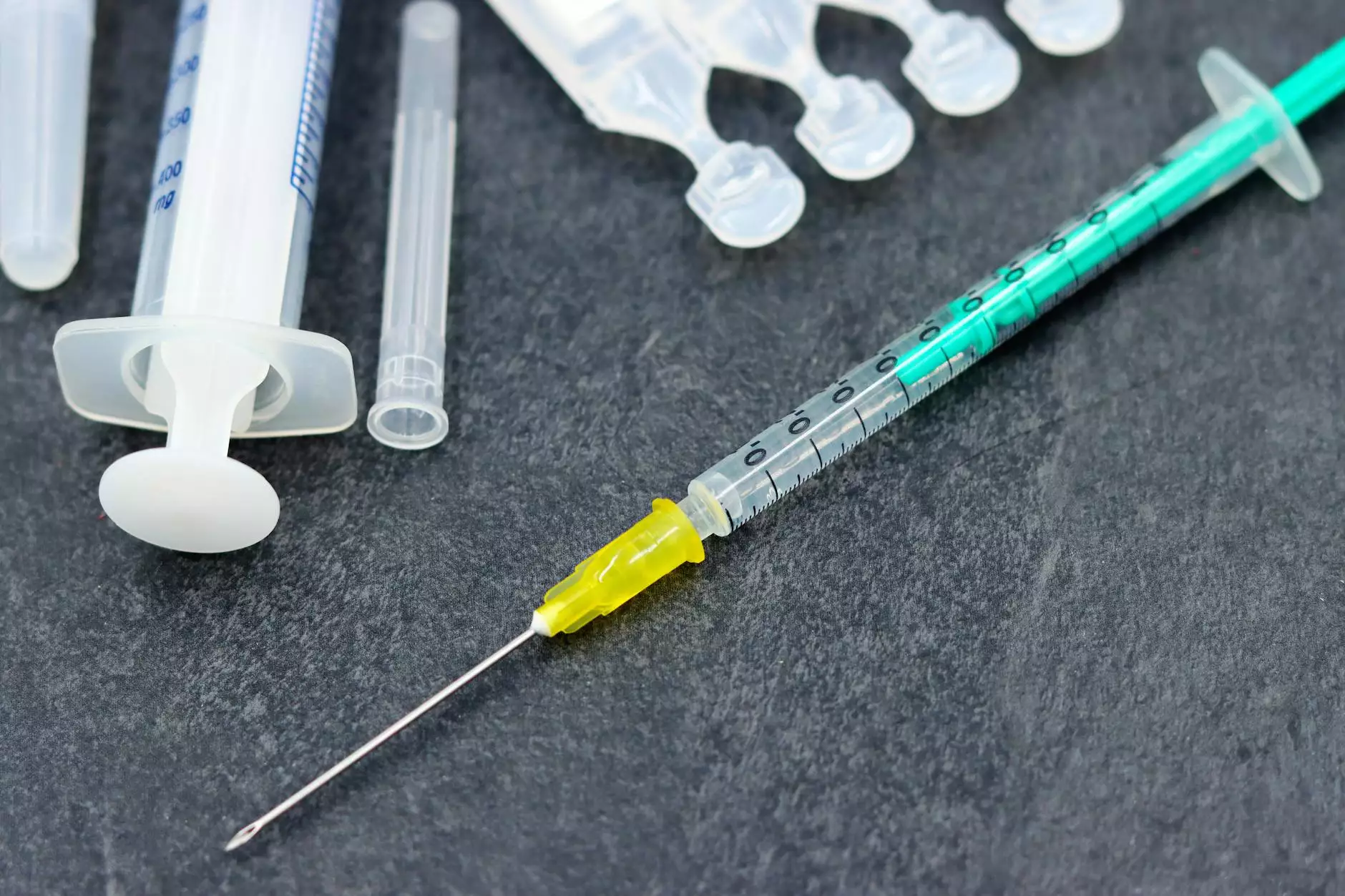Enhancing Florida's Public Safety with DAS Technology

Florida is known for its vibrant culture, picturesque landscapes, and a growing economy. However, amidst the beauty and growth, the safety of its residents remains a primary concern. In recent years, the focus on improving public safety has led to significant technological advancements, particularly in the realm of communication. One such advancement is the implementation of Distributed Antenna Systems (DAS), which is critical for boosting communication capabilities in emergency situations. In this article, we will delve into how these systems are transforming Florida's public safety landscape.
Understanding Distributed Antenna Systems (DAS)
Before exploring the impact of DAS on public safety, it is essential to understand what these systems are. A Distributed Antenna System is a network of spatially separated antenna nodes connected to a common telecommunications infrastructure. This system improves the quality of mobile communication in areas where the signal is weak or nonexistent.
How DAS Works
DAS operates by dispersing antennas throughout a designated area, ensuring that cellular signals are evenly distributed. This is particularly important in urban areas or buildings constructed from materials that inhibit signals, such as concrete or metal. By utilizing a series of antennas, DAS provides enhanced coverage and improved signal strength, leading to clearer communications.
Types of DAS
There are several types of Distributed Antenna Systems:
- Active DAS: This type involves a central controller that manages the distribution of signals to various antennas. It amplifies the signal before distributing it.
- Passive DAS: Passive systems use a series of cables and antennas to distribute existing signals without amplification.
- Hybrid DAS: A combination of active and passive systems, hybrid DAS can provide both amplified signals and standard coverage.
The Role of DAS in Enhancing Public Safety
In the context of Florida's public safety, DAS plays a crucial role in ensuring that first responders can communicate effectively. Whether it is police, fire, or medical emergency services, reliable communication is vital during emergencies. Here's how DAS positively impacts public safety:
Improved Communication During Emergencies
In emergency situations, every second counts. Responders need to communicate with each other and dispatch centers without interruption. DAS enables better connectivity inside buildings, underground areas, and densely populated regions where signals may falter.
Increased Coverage for Emergency Services
Florida's varied landscape includes urban centers, rural areas, and challenging terrains. A robust DAS installation ensures that even in the most remote locations, emergency personnel can maintain contact. This is crucial for ensuring the safety of both the responders and the public.
Support for Multiple Networks
Public safety communications often involve various networks. A well-designed DAS can support multiple carriers and technologies, allowing different emergency services to communicate seamlessly. This interoperability is crucial for coordinated responses during crises.
Case Studies of DAS Implementation in Florida
Several instances demonstrate the successful implementation of DAS within Florida, highlighting its importance in public safety:
Hospital Systems
Many hospitals in Florida have implemented DAS to improve communication between medical staff during emergencies. For example, the implementation of DAS in large healthcare facilities has dramatically improved response times during critical situations, enabling quicker interventions.
High-Rise Buildings
In urban centers like Miami and Orlando, high-rise buildings can create unique challenges for emergency responders. These buildings often lead to signal dead zones, which DAS can effectively address. Implementations in these structures have resulted in better communication and coordination with emergency units.
DAS in Public Spaces
Public spaces such as stadiums, airports, and shopping malls are also crucial areas for implementing DAS. The dense crowds can overwhelm typical cell service, but with DAS, first responders can maintain contact and manage emergencies even in the busiest settings.
Stadiums and Event Locations
Events held in stadiums often draw large crowds, making effective communication crucial for safety and security measures. DAS installations in venues like the Hard Rock Stadium have allowed for better communication among event staff and safety personnel, enhancing the overall safety of attendees.
Challenges and Considerations for DAS Implementation
While the benefits of DAS are numerous, there are also challenges that municipalities and organizations must consider during implementation:
Cost Factors
Installing a comprehensive DAS solution can be expensive. However, it's essential to weigh this cost against the potential benefits in public safety and emergency management capabilities.
Technical Expertise Required
Designing and implementing an effective DAS requires a high level of technical expertise. Collaboration with professionals in telecommunications and engineering is critical to ensure optimal performance and reliability.
Future of DAS and Public Safety in Florida
The future of DAS technology in Florida appears promising, particularly as the demand for reliable communication continues to grow. Innovations include:
Integration with Smart Technologies
With the advancement of smart city initiatives, integrating DAS with other smart technologies can improve public safety further. This can include real-time data sharing and analysis, enabling quicker responses during emergencies.
5G and Enhanced Capabilities
The rollout of 5G technology is set to revolutionize communication in public safety. DAS systems will likely evolve to support this faster and more reliable network, boosting capabilities to unprecedented levels.
How Allstate Power Supports DAS Implementation
Allstate Power, based in Florida, specializes in the installation of DAS and other critical infrastructure that ensures reliable communications. With a focus on telecommunications, internet service providers, and security systems, Allstate Power understands the nuances of public safety communication needs. Their expertise in developing customized DAS solutions ensures that both urban and rural areas remain connected.
Comprehensive DAS Solutions
Allstate Power's dedicated professionals work closely with local governments and businesses to provide tailored DAS solutions that meet specific needs. They ensure that all installations comply with the highest standards, providing peace of mind for those who rely on these systems in times of need.
Conclusion
In conclusion, the integration of Distributed Antenna Systems (DAS) into Florida's public safety infrastructure is a game-changer. With improved communication capabilities, enhanced coverage, and the ability to support multiple networks, DAS stands as a critical component of emergency response. As technology advances and the demand for reliable communication continues to grow, organizations like Allstate Power play a vital role in ensuring that Florida's residents remain safe and connected.
The commitment to public safety through such technological innovations will undoubtedly pave the way for a safer future for all Floridians. Investing in DAS is not just an investment in technology; it is an investment in lives.
florida public safety das








